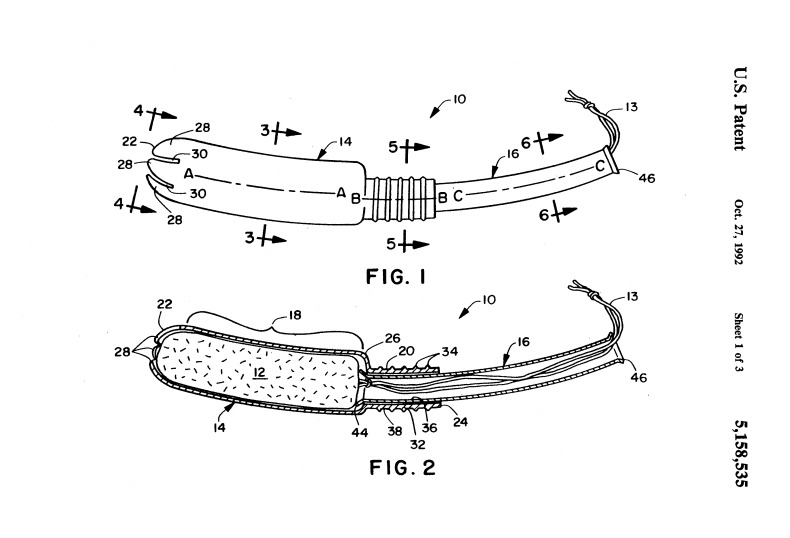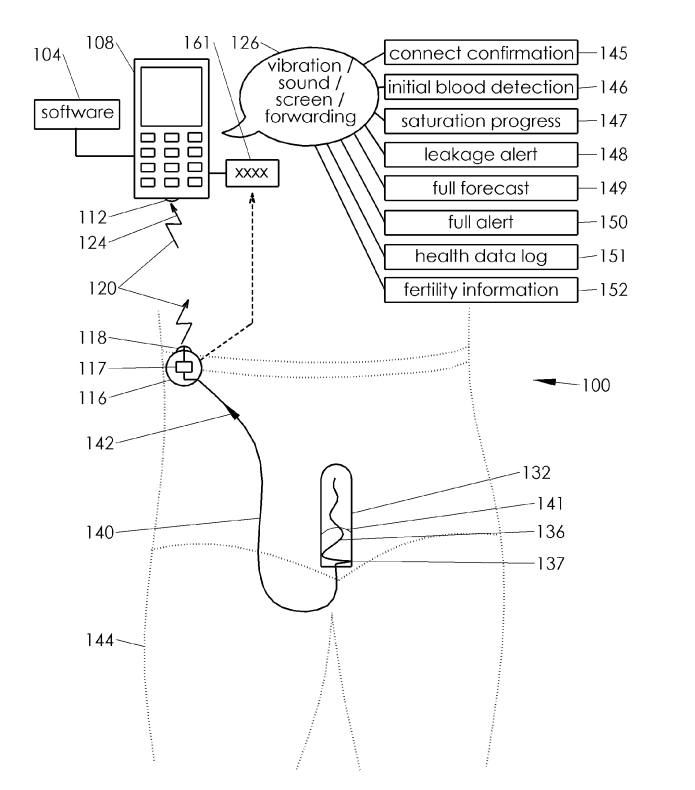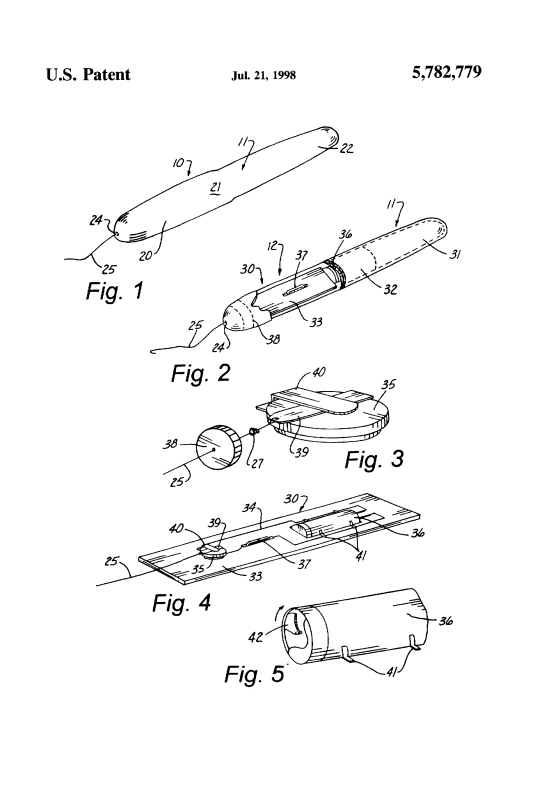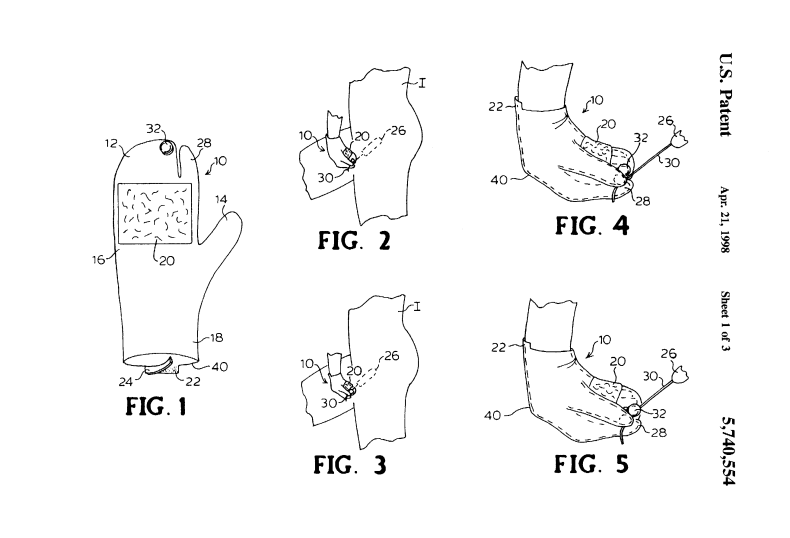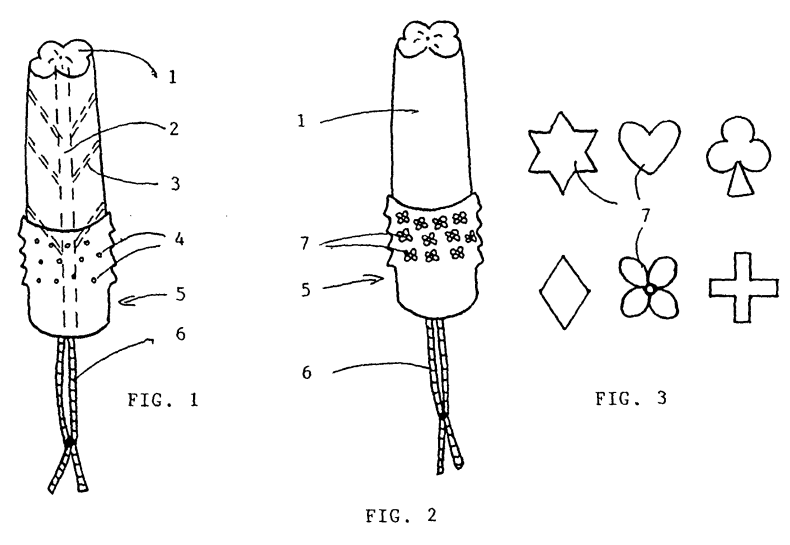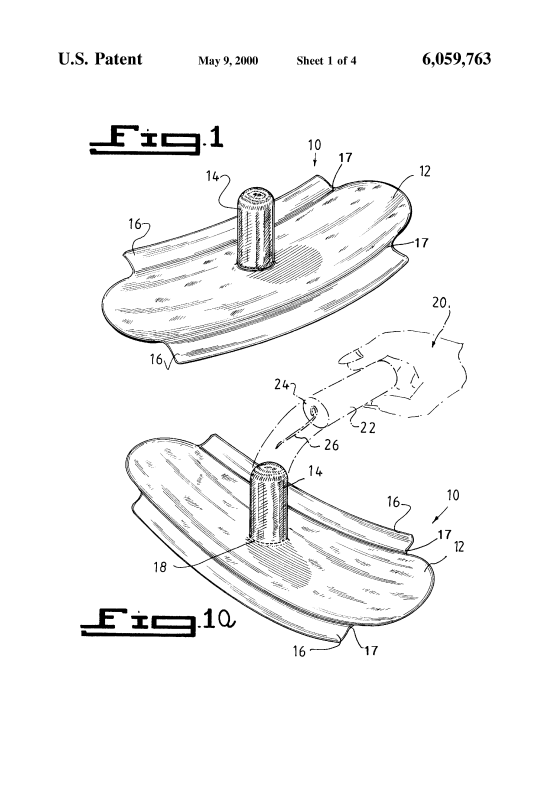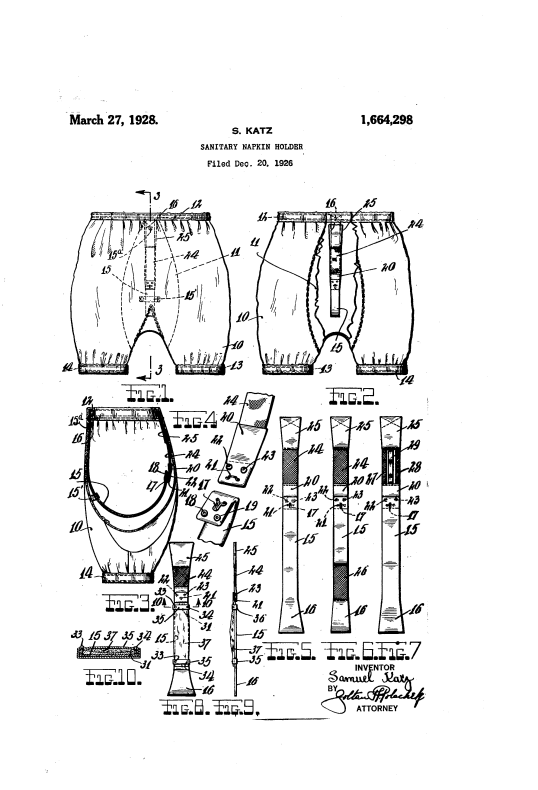
Lucille Mullhall, American cowgirl and Wild West performer, standing on back of seated horse, 1909. (Photo: Library of Congress)
Tales of domestic drudgery, rigid dress codes, and a regimented daily life create a bleak portrait of the 19th century woman: she sits tightly corseted in the drawing room, knitting booties and antimacassars for the newest of a dozen children. But this isn’t the whole story–American women of the late 1800s were hardly as placid as much of history suggests.
While it’s true that many women worked only at home, the 1800s also spawned a generation of female activists, scientists, entrepreneurs, writers, artists, and theater actresses. The backlash against female entertainers was particularly intense. Women in stage productions of all kinds, from vaudeville performances to drama, were seen as “fallen women” with loose morals who wouldn’t conform to 19th century feminine ideals of domestic duty and humble purity. In fact, for decades the words “actress” and “whore” had an strongly assumed link to one another; social workers even pulled performers from their work along with prostitutes to ‘save’ them.
Despite the stigma, actresses joined the industry in droves: Alfred Auster reported that between 1870 and 1880, the number of women who listed their occupations as “actress” rose 596 percent, and increased another 332 percent by 1910. For women to endure such negative associations, acting had to provide an equally strong advantage, and it did.

An 1880s poster for Buffalo Bill's Wild West show, advertising "Miss Annie Oakley, the peerless lady wing-shot".(Photo: Public Domain/WikiCommons)
In his book, The Silent Feminists: America's First Women Directors, Anthony Slide says that 19th century theater actresses “handled their own luggage, took care of bills and negotiated contracts no different than actors”–a very different lifestyle from other women of the day. In theater and in life, performers were playing roles that required and allowed them to do things that were considered un-ladylike, including smoking, which Slide writes was a “sign of liberation” and scandal at the time.
Expanding railway systems brought theater companies and actresses to new venues, and Wild West performers shocked audiences more used to typical female social norms. Known as “The First Cowgirl,” Lucille Mullhall out-performed her male counterparts so well that The Scranton Truth wrote how “Lucille Mulhall, a comely young woman who will essay to rope a Texas steer in record time at the Garden tonight, was the observed of all observers.” She appeared frequently in papers, though some columns about her were less than flattering; The Daily Telegram of Clarksburg, West Virginia, mentioned that she was nicknamed “Bossy.” At the peak of her fame, Mullhall formed her own show, entitled “Lucille Mulhall and her Ranch Boys,” and performed in various acts up until her accidental death by automobile at age 55. Although she was frequently on the road for tours, she also raised a family and got married twice.
The performing life could also be a haven for adventurous women by design. Famed Old West showman Buffalo Bill, who grew up as the only son in a family of five, held ultra-progressive views of women for the time, including women’s right “to vote, for their own organizations, live alone without restrictions, and enjoy the same employment opportunities and pay as men,” writes Chris Enss in Buffalo Gals: Women of Buffalo Bill's Wild West Show. The Buffalo Bill Show, which lasted from 1883 to 1910, was not without its issues–it helped to invent and perpetuate the “Savage Indian” trope and the false notion of a white, glamorous Wild West–but was also a venue where some women, like Annie Oakley, got paid to shoot targets, lasso herd animals and ride horses, actions they weren’t normally allowed to make a living on.

Ada Isaacs Menken reclining "nude" c. 1868. (Photo: Public Domain/WikiCommons)
Female entertainers not only got to dodge some of the drudgery that society expected of them, but were able to essentially force stodgy 19th century audiences into accepting what was then considered risqué behavior. Actresses could cross-dress, and undress, feeding into the stereotype that actresses had loose morals. The Museum of San Francisco calls actress Adah Menken “the most sensational actress San Francisco has ever seen,” for little reason other than her tendency to perform in male roles and “nude” by the standards of the day. She married three times, and divorced three times, but seemed to avoid the deep shame associated with divorce at the time, and through her work became one of the eras’s highest earning actresses.
Keep in mind that during this time women were expected to cover their bodies almost completely; paintings of high society women baring their shoulders caused social scandal, yet Menken was stripped down to her undergarments in each performance of Mazeppa before riding a black horse across the stage. Upper-class men and women flocked to these shows. Actresses like Menken could get around public indecency notions: it was all for the noble cause of the part she played.
This ability to destroy or reinforce stereotypes extended into class and race; among them the highly offensive minstrel caricatures of black men and women. At the time, it was expected that all actors and actresses, including from the African American community, might capitalize on these tropes; a meta display of systemic racism for a white audience. At the same time, though, many black performers and revues were able to step outside these marketable acts, perform “neat,” and show their own acting and dancing skills. Amid offensive characters such as the “Mammy”, emerging artists broke into stage theater while leaving behind the draw of minstrel shows.

Aida Overton Walker in 1907. (Photo: Public Domain/WikiCommons)
Vaudeville actress Aida Overton Walker refused to act in the mammy stereotype, though became known for performing the cakewalk with her husband, a dance originally designed to mock slave owners’ gaudy dance moves and later used as a tool to mock black dancers.
Dora Dean, another black actress of the time, similarly rejected minstrel stereotypes. She performed the cakewalk with her husband and helped influence public views that black women were as elegant as their white peers, evidenced in her professional nickname “The Black Venus.” Both women, though restricted by racist laws and an unfair social order, were able to earn and control assets that were essentially barred from them in other facets of society. "The Black woman 'no longer lost her dignity when she entered the theater,'” Walker is quoted as stating in Jo A. Tanner’s book, Dusky Maidens: the Odyssey of the Early Black Dramatic Actress.
Not only were women acting, but they were producing and directing performances with often unprecedented power over their male counterparts. Anita Bush was one such actress and choreographer from New York City, and created the first professional black non-musical theater company, the Anita Bush Players of Harlem, later the Lafayette Players. Within 17 years, according to Black Women in America: An Historical Encyclopedia, her theater company trained “over 300 Black performers and introduced serious theater to many cities across the country.” Bush later co-starred in The Crimson Skull in 1921, a Western starring an all-black cast that regrettably only survives in the form of its promotional and advertising posters.
Professional stages like Bush’s and informal drama clubs alike gave women a voice and a chance to solidify a public presence: even activist Ida B. Wells, according to Patricia Schechter, acted in a dramatic club in Memphis that attracted New York talent agents, long before she found her communication niche through journalism and moving speeches about black disenfranchisement and the suffragette movement.The public eye provided by professional theater was a springboard for speaking and writing on political or social issues for the time, similar to the current political and activist agendas of celebrities like Angelina Jolie.

Helena Modjeska holding a spear in "As You Like It", 1893. (Photo: Library of Congress)
While actresses would not be considered part of respectable society until the 1910s, the imagery of actresses softened in the 1890s as images of the Gibson Girl and the New Woman came into the public imagination; women who were educated, lively, full of adventure, and edging toward the soon-to-bloom sexuality of the 1920s, women who shockingly rode bicycles and bared their arms at the beach. 'First Lady of the American Theater' Ethyl Barrymore and countless others helped popularize feminist politics, while plays like Ibsen’s A Doll’s House turned the strictures of 19th century marriage into talking points.
As American society began to slowly change its views toward women, theater and film actresses exemplified women’s needs of financial, intellectual, and sexual autonomy both on-stage and off. In her speech at The World's Congress of Representative Women in 1894, renowned tragic actress Helena Modjeska asked, “If the influence of our sex upon the theater is beneficent, can we say the same of the influence of the theater upon the woman herself?”
While she refrained from directly answering that question at the time, from a contemporary vantage point the answer would clearly be "yes."


































































